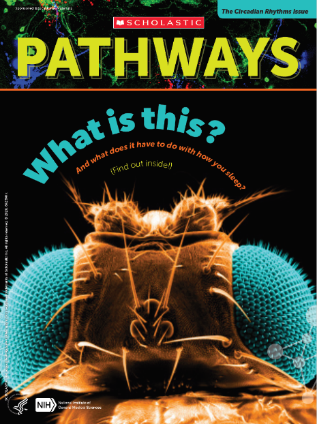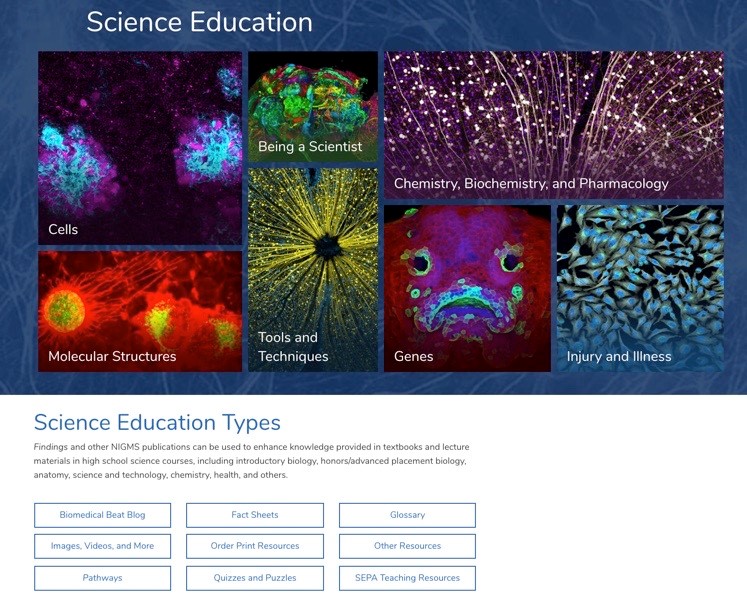Newswise — If you’re looking for engaging ways to teach science from home, that National Institute of General Medical Sciences (NIGMS) offers a range of resources that can help.
A SEPA-funded resource about microbes. Credit: University of Nebraska, Lincoln.
Our Science Education and Partnership Award (SEPA) webpage features free, easy-to-access STEM and informal science education projects for pre-K through grade 12. Aligned with state and national standards for STEM teaching and learning, the program has tools such as:
- Apps
- Interactives
- Online books
- Curricula and lesson plans
- Short movies
Students can learn about sleep, cells, growth, microbes, a healthy lifestyle, genetics, and many other subjects.
Cover of Pathways student magazine.
We also have Pathways, materials developed in collaboration with Scholastic. Aligned with STEM and ELA education standards for grades 6 through 12, resources include:
- Student magazines with corresponding teaching guides
- Related lessons with interactives
- Videos
- Vocabulary lists
Lessons are currently available that discuss basic science careers, regeneration, and circadian rhythms.
And don’t forget about our Science Education pages, which have a wide range of additional articles, fact sheets, images, videos, and blog posts on basic science topics and science careers.
Let us know on social media how you’re using our virtual learning resources with the hashtag #NIGMSVirtualLearning.


